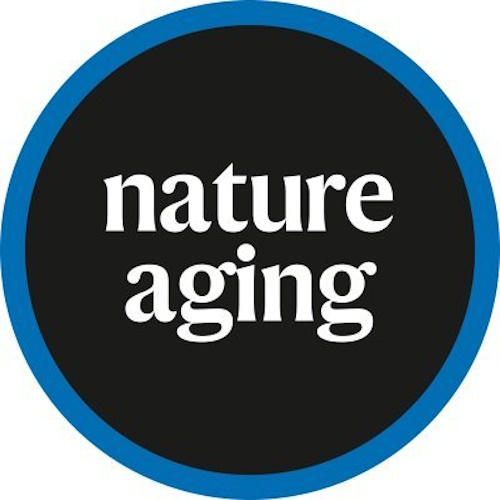Key points from article :
The inflammatory clock of aging (iAge) measures inflammatory load and predicts multi-morbidity, frailty, immune health, cardiovascular aging.
"Identified the soluble chemokine CXCL9 as the strongest contributor to iAge," - Nazish Sayed, first author.
“CXCL9 is involved in cellular senescence, vascular aging and adverse cardiac remodeling,” - Sayed.
“Centenarians have an immune age that is 40 years younger and a super-healthy 105 year-old man has the immune system of a 25 year old,” - David Furman, senior study author.
"The tool can be used to track risk of developing multiple chronic diseases by assessing the cumulative physiological damage to immune system," - Furman.
“We have to pay more attention to the immune system with age, given that almost every age-related malady has inflammation as part of its etiology,” - Furman.
Furman says, “I think of inflammation as the 10th hallmark” of the ageing process.
Research by Buck Institute and Stanford University published in Nature Aging.







